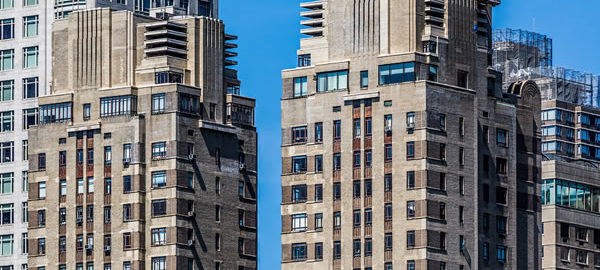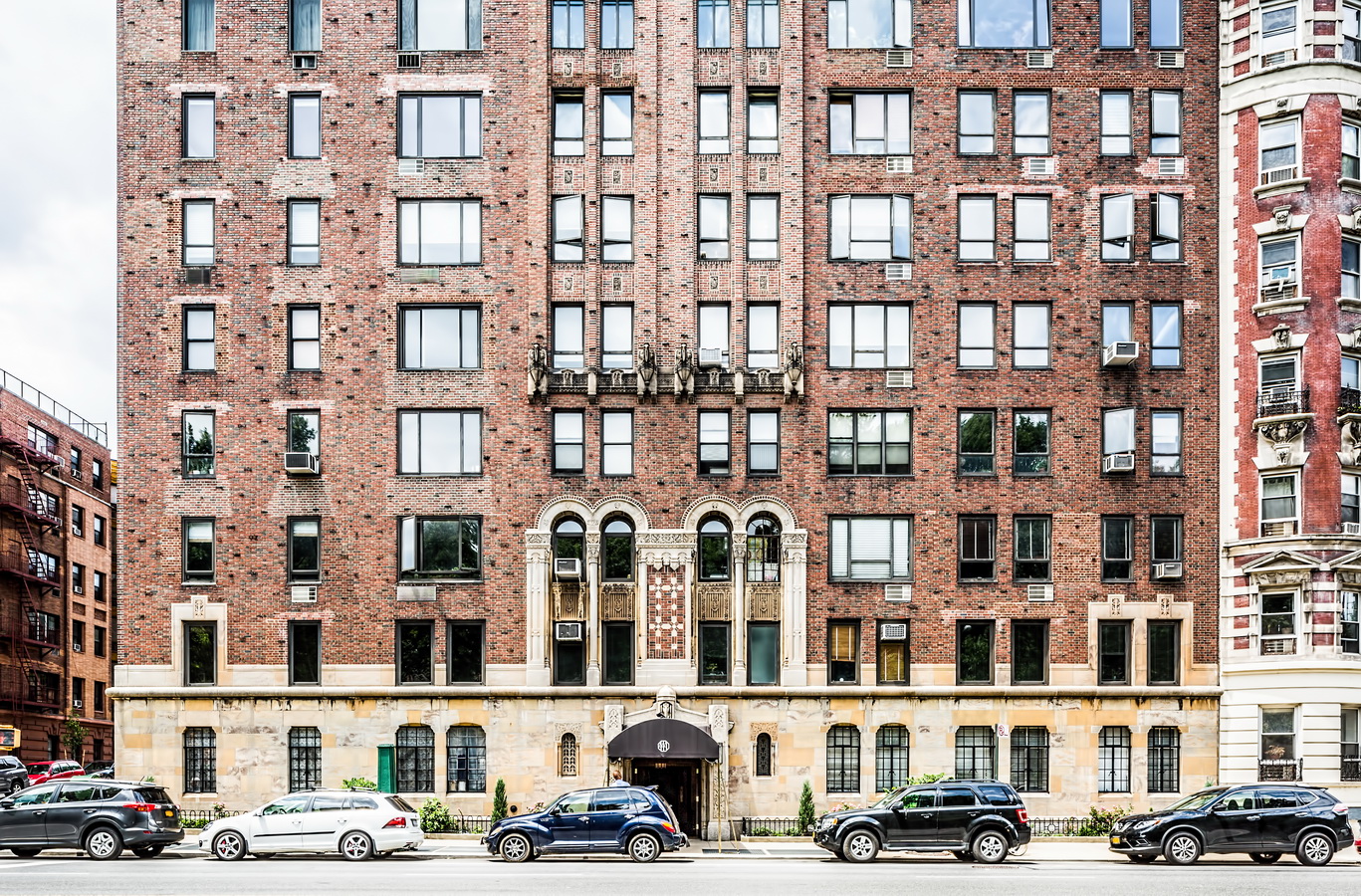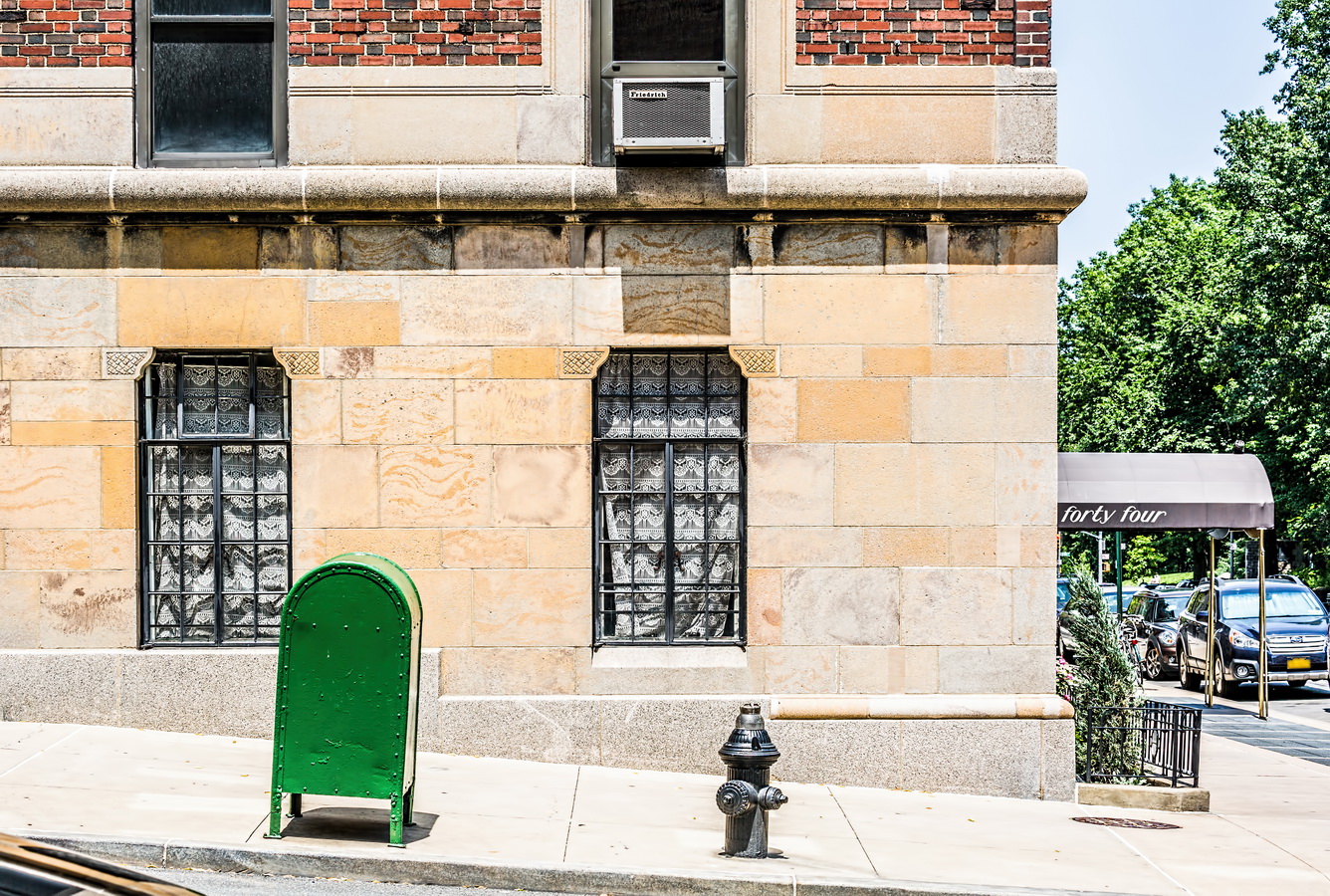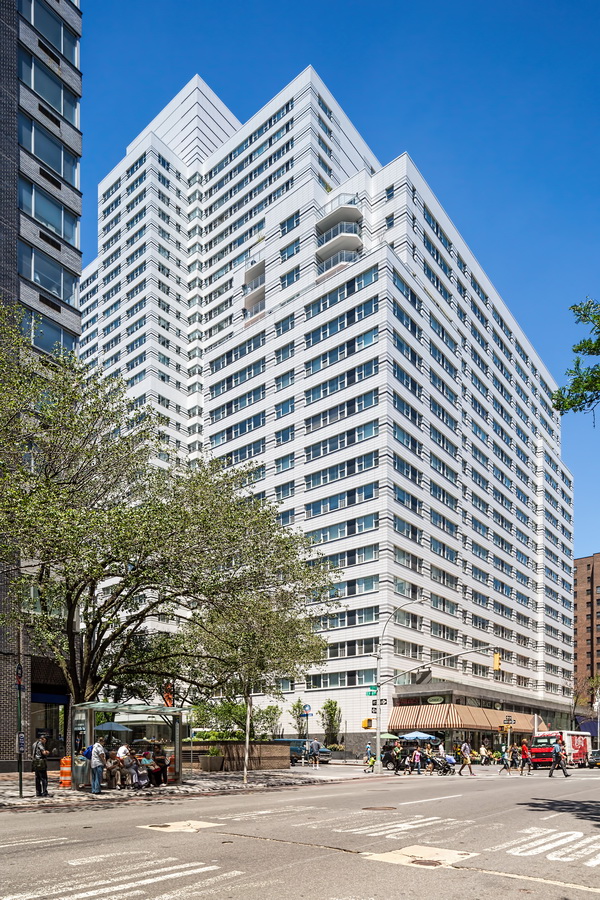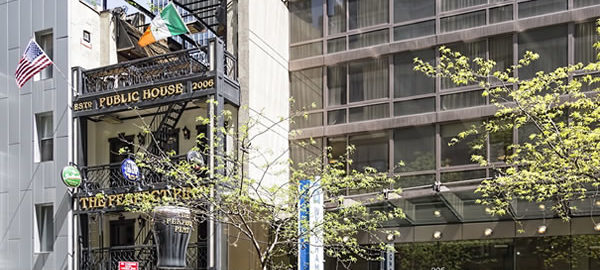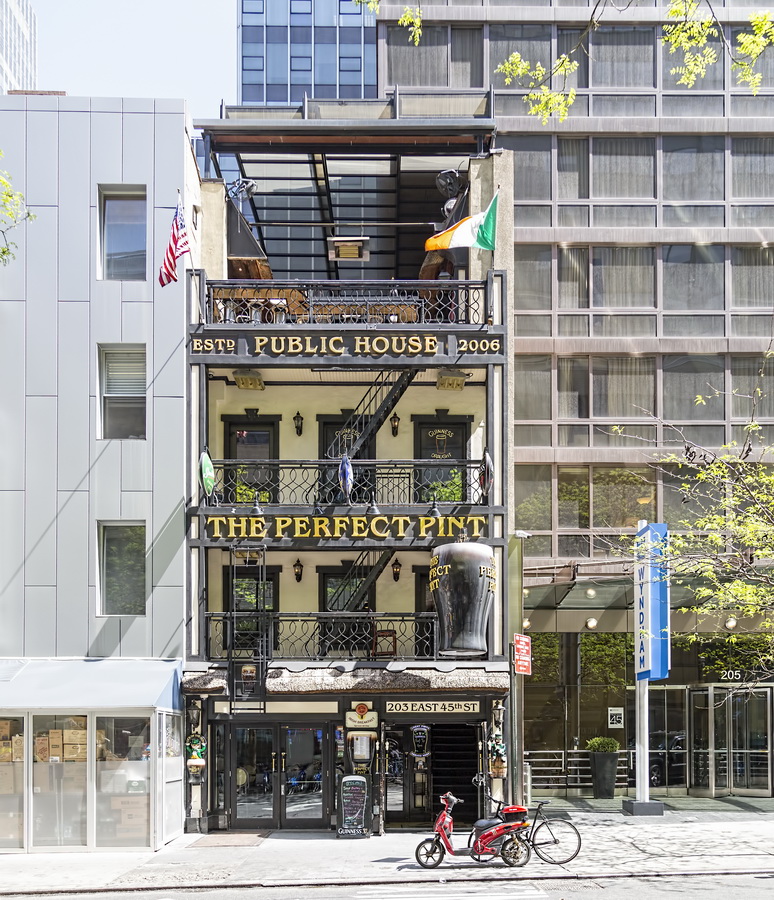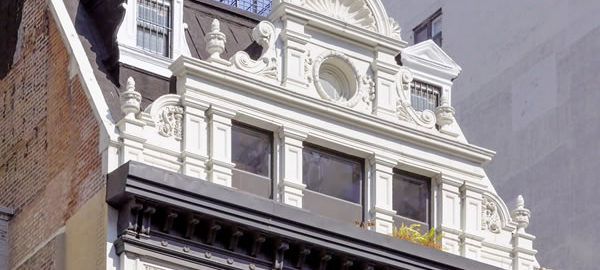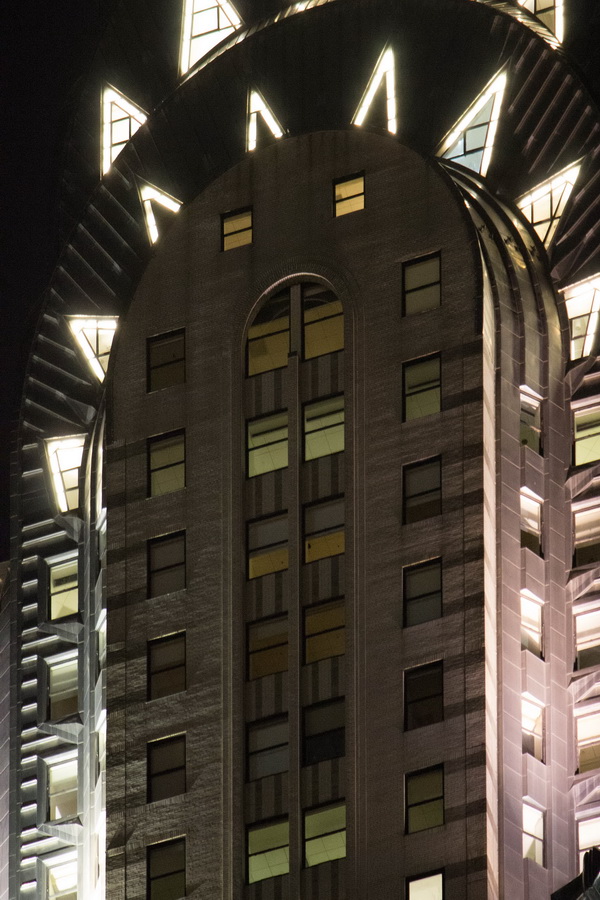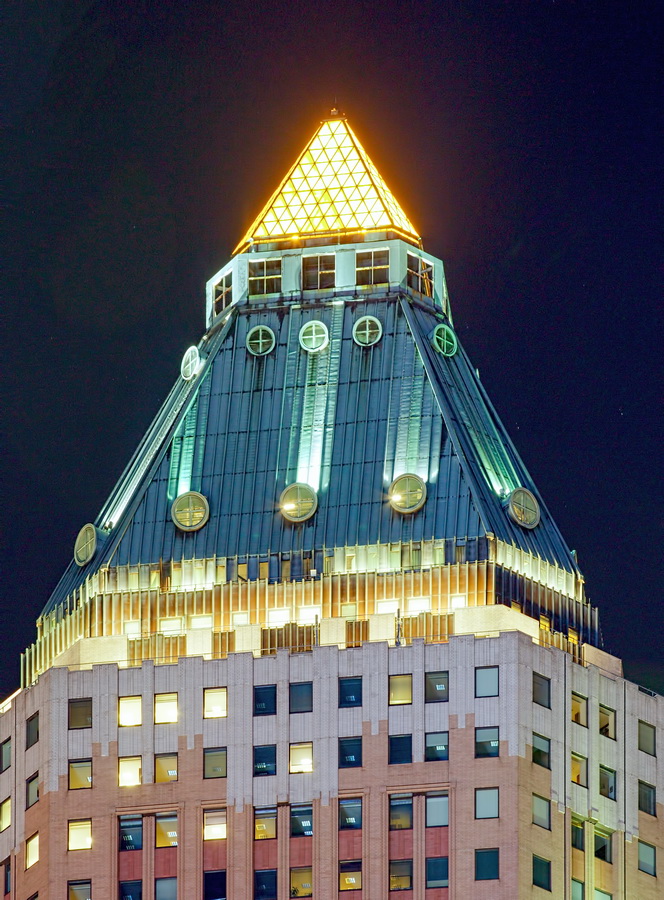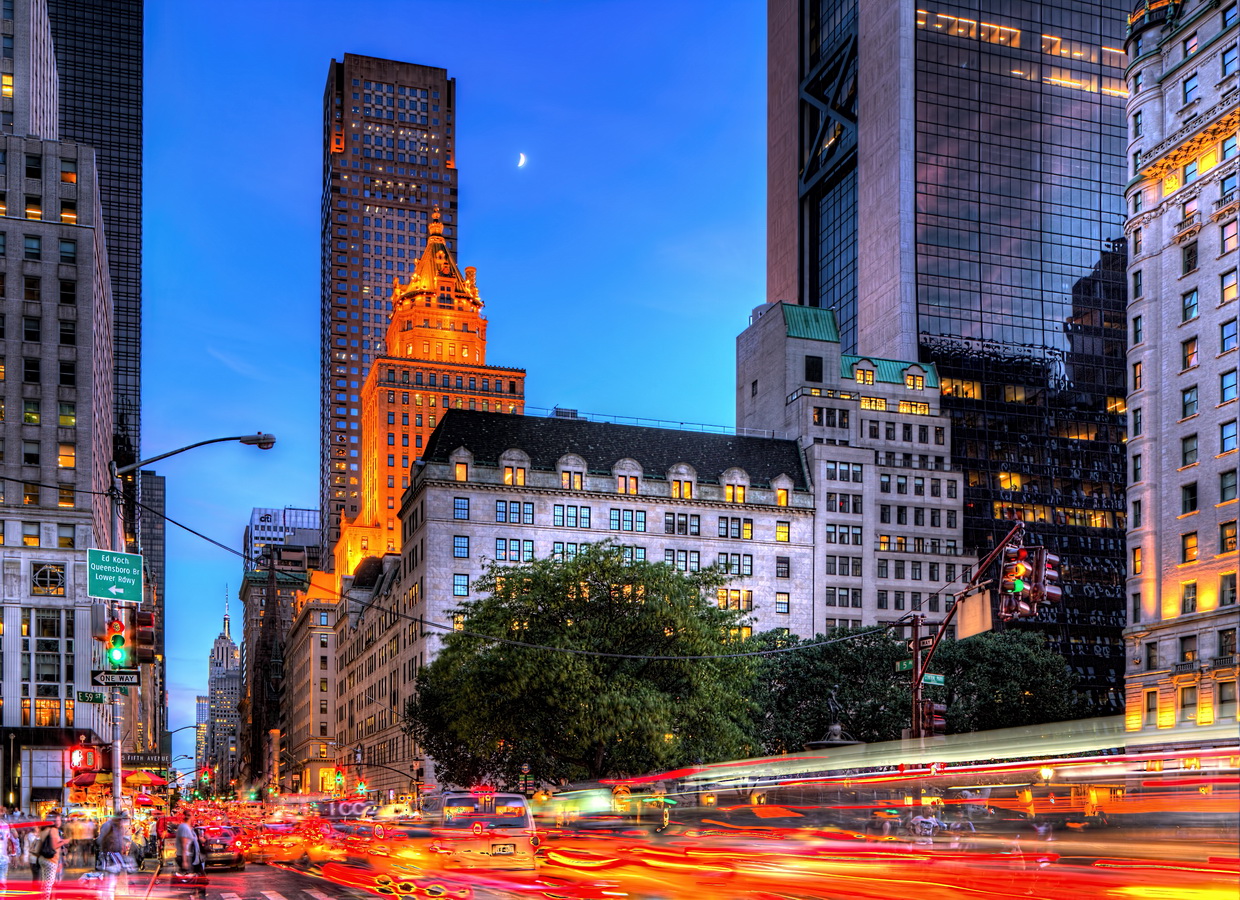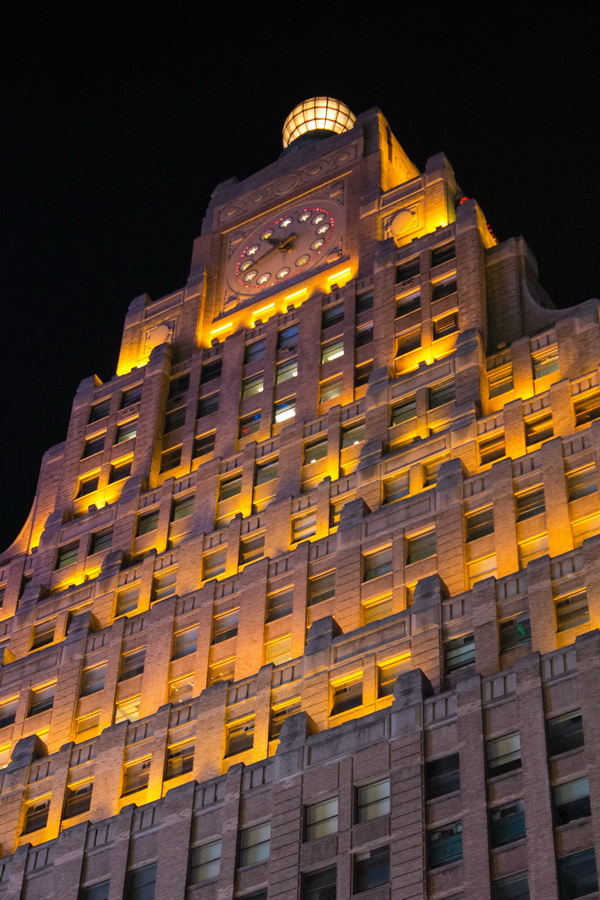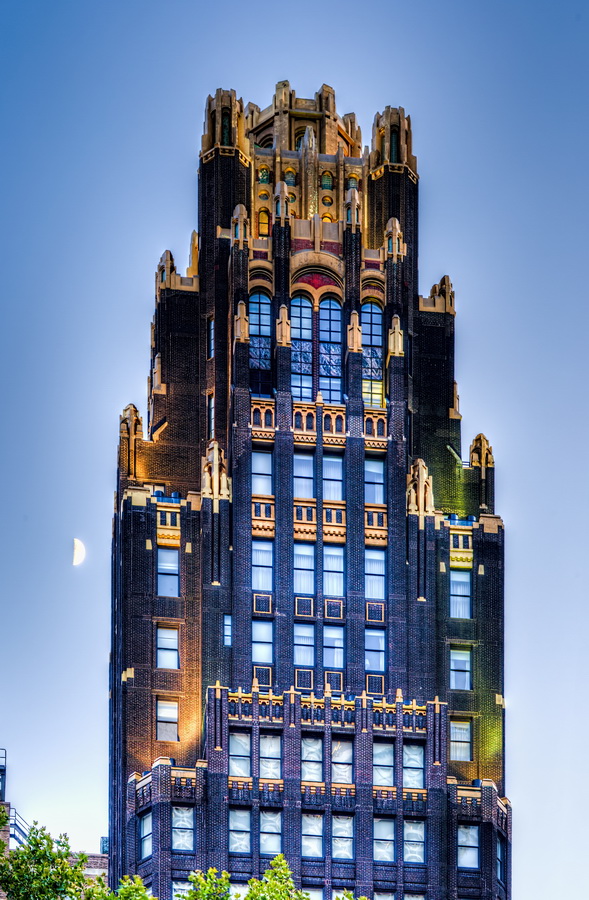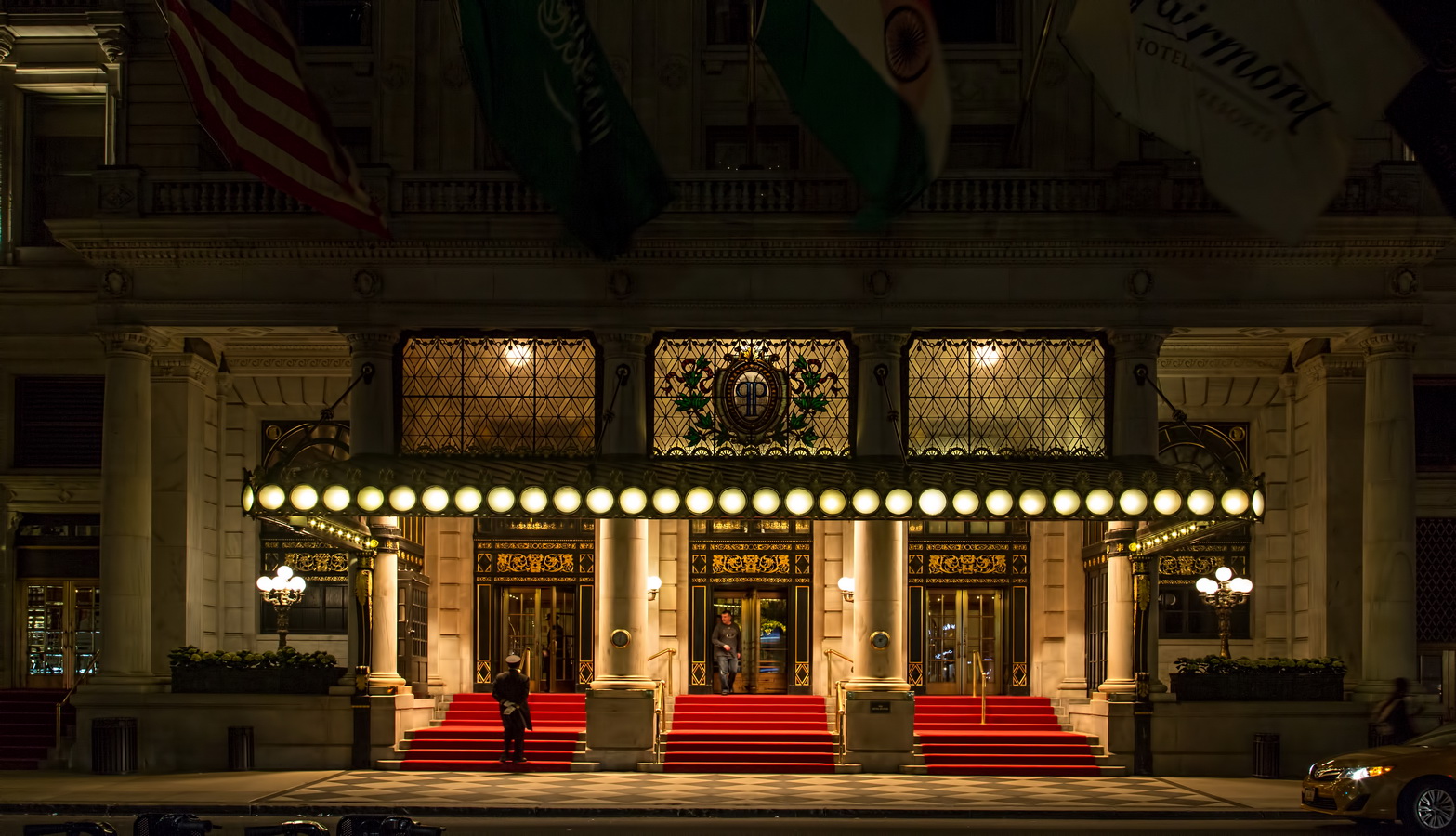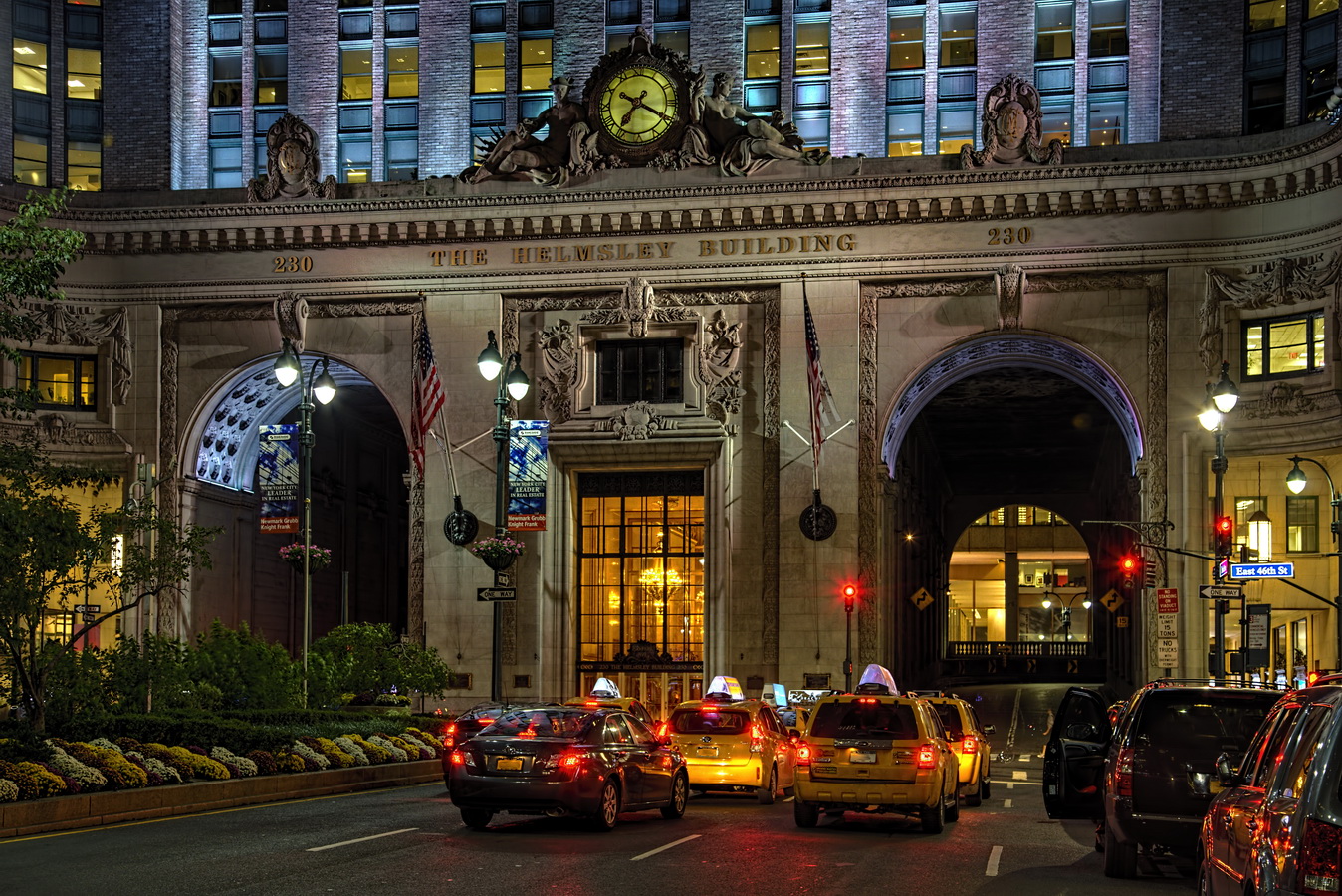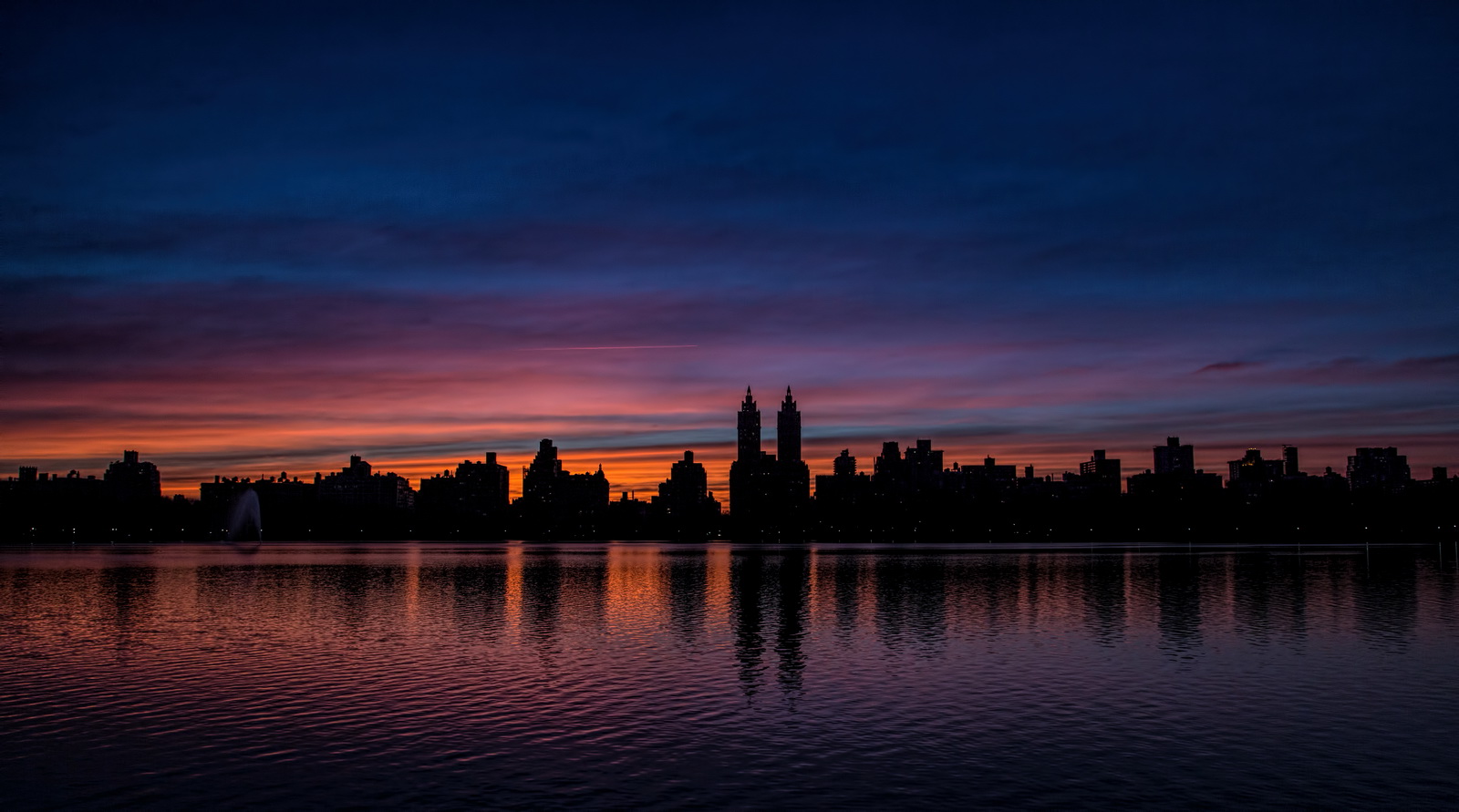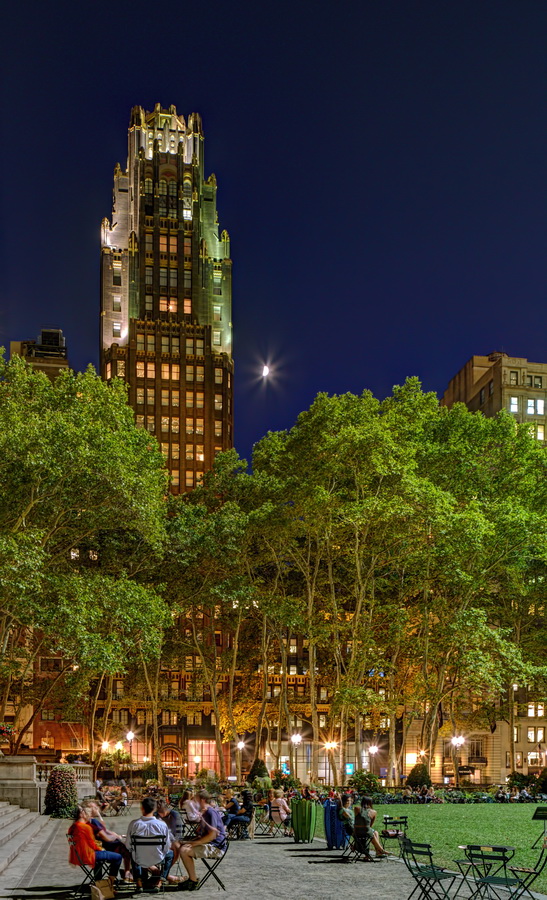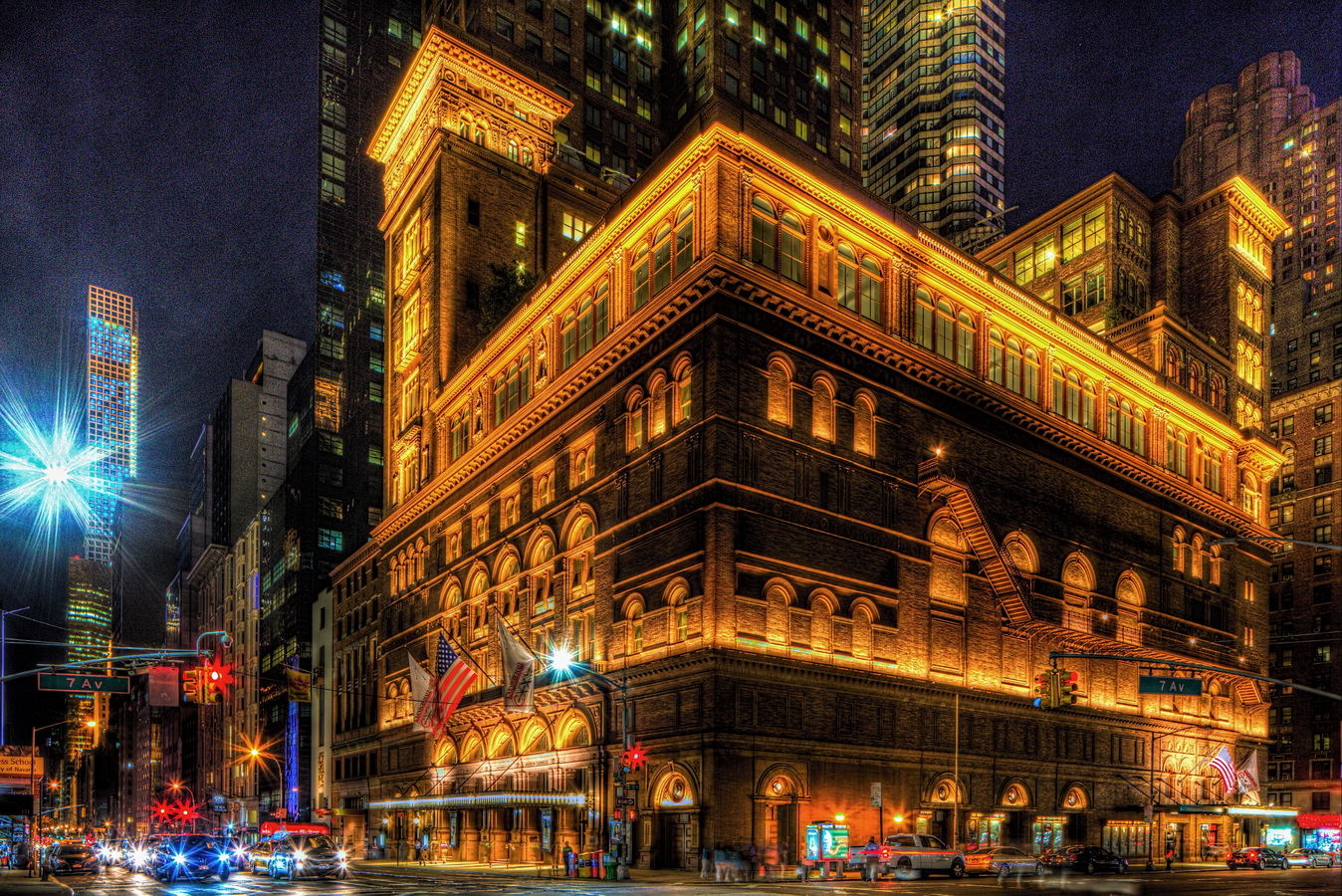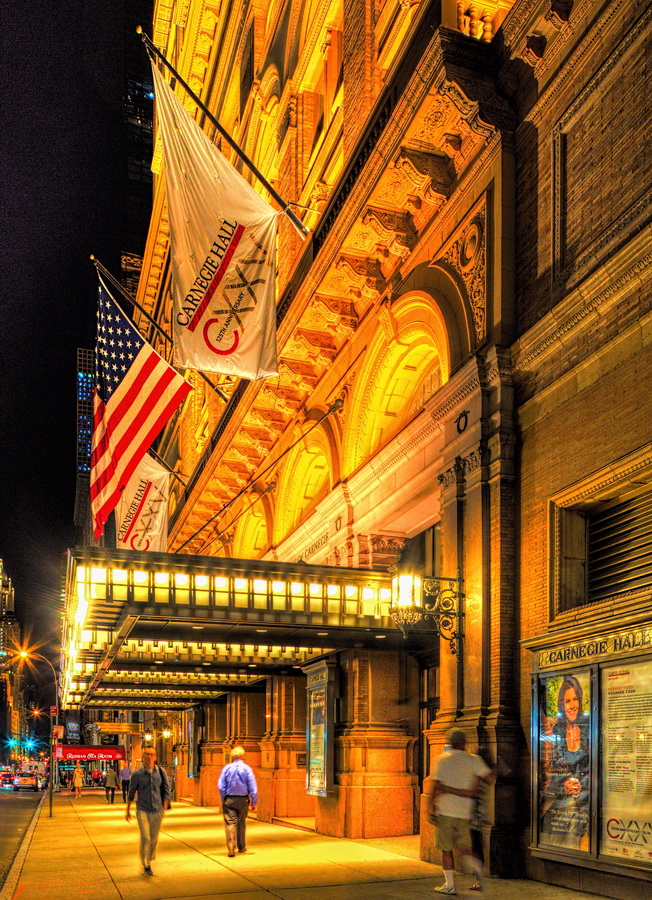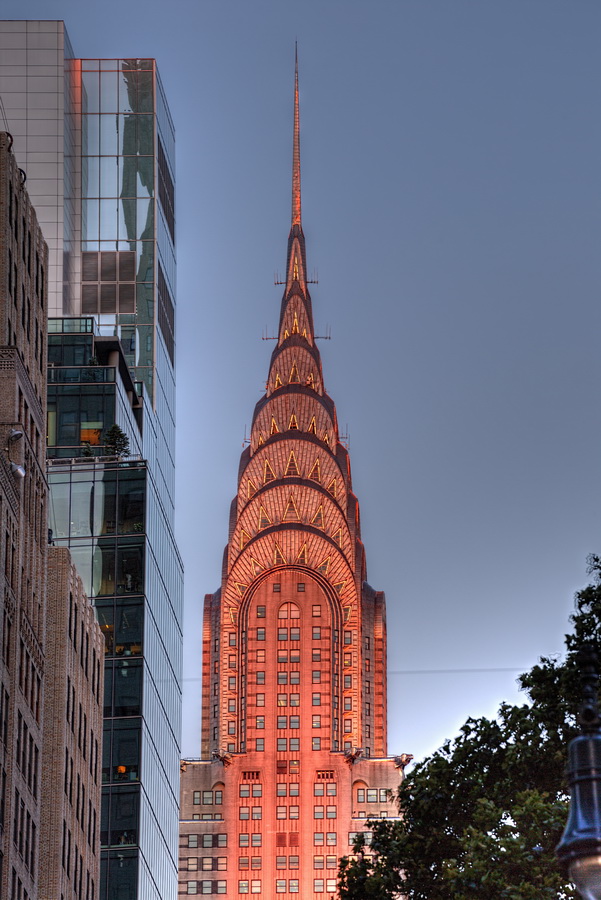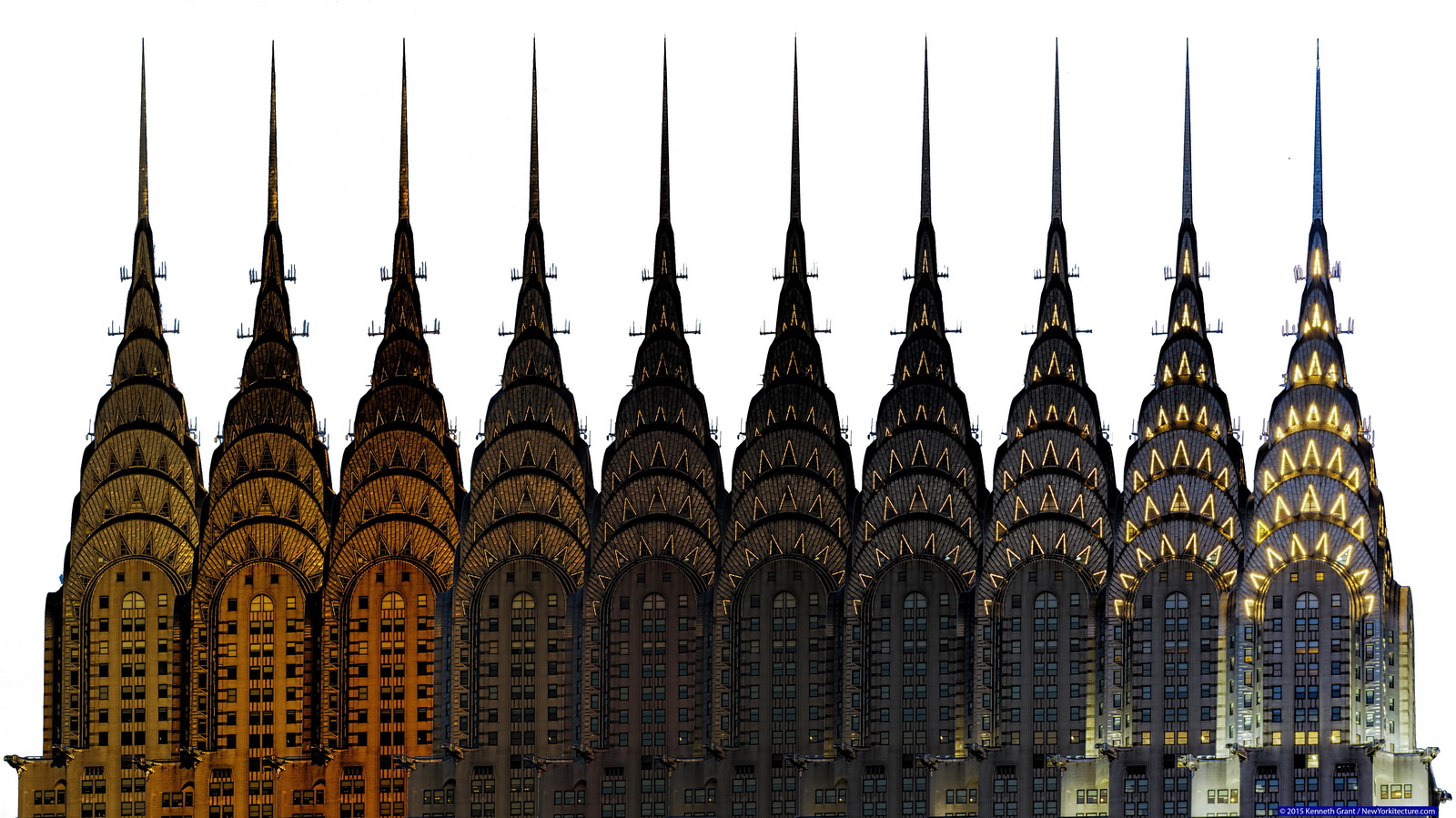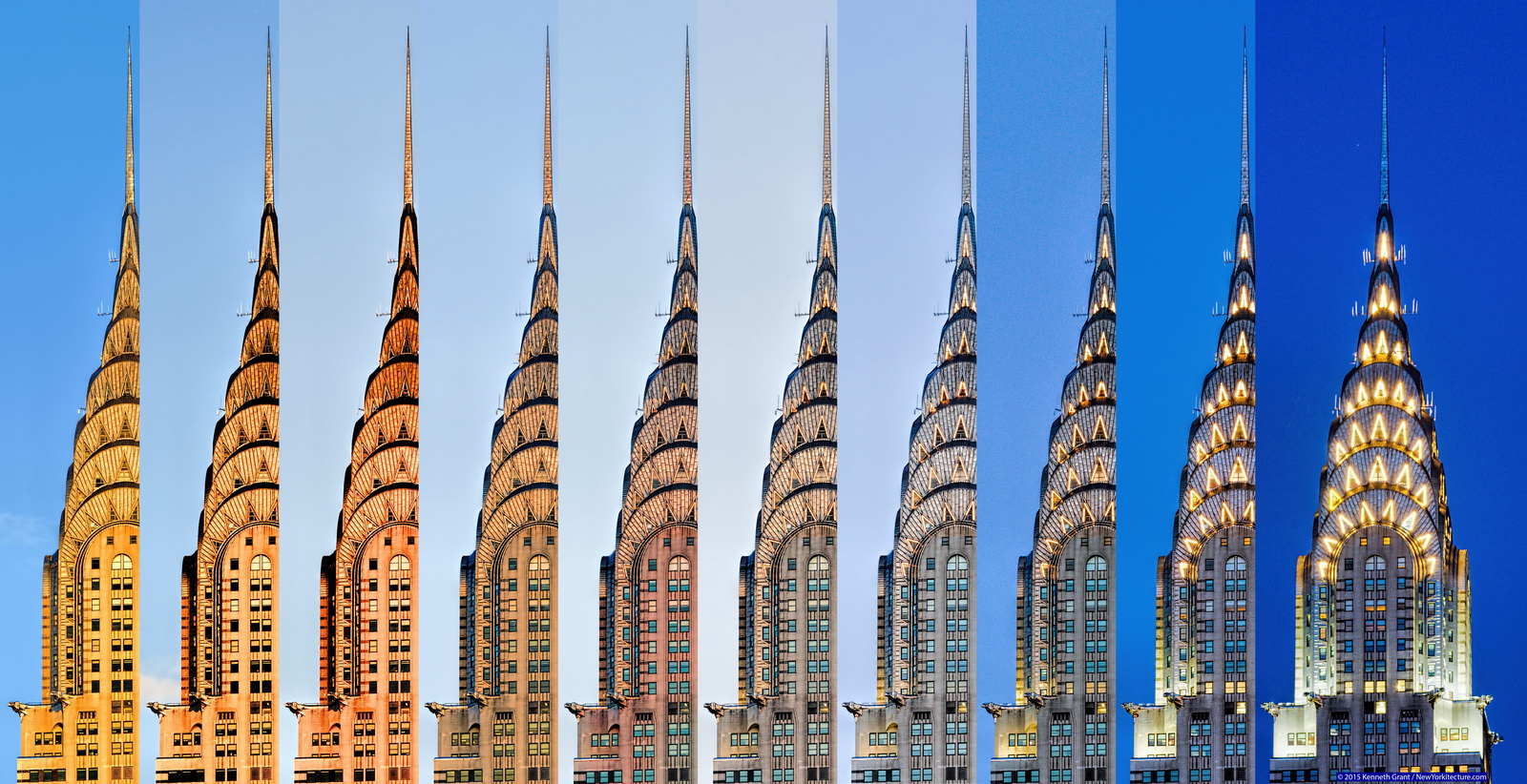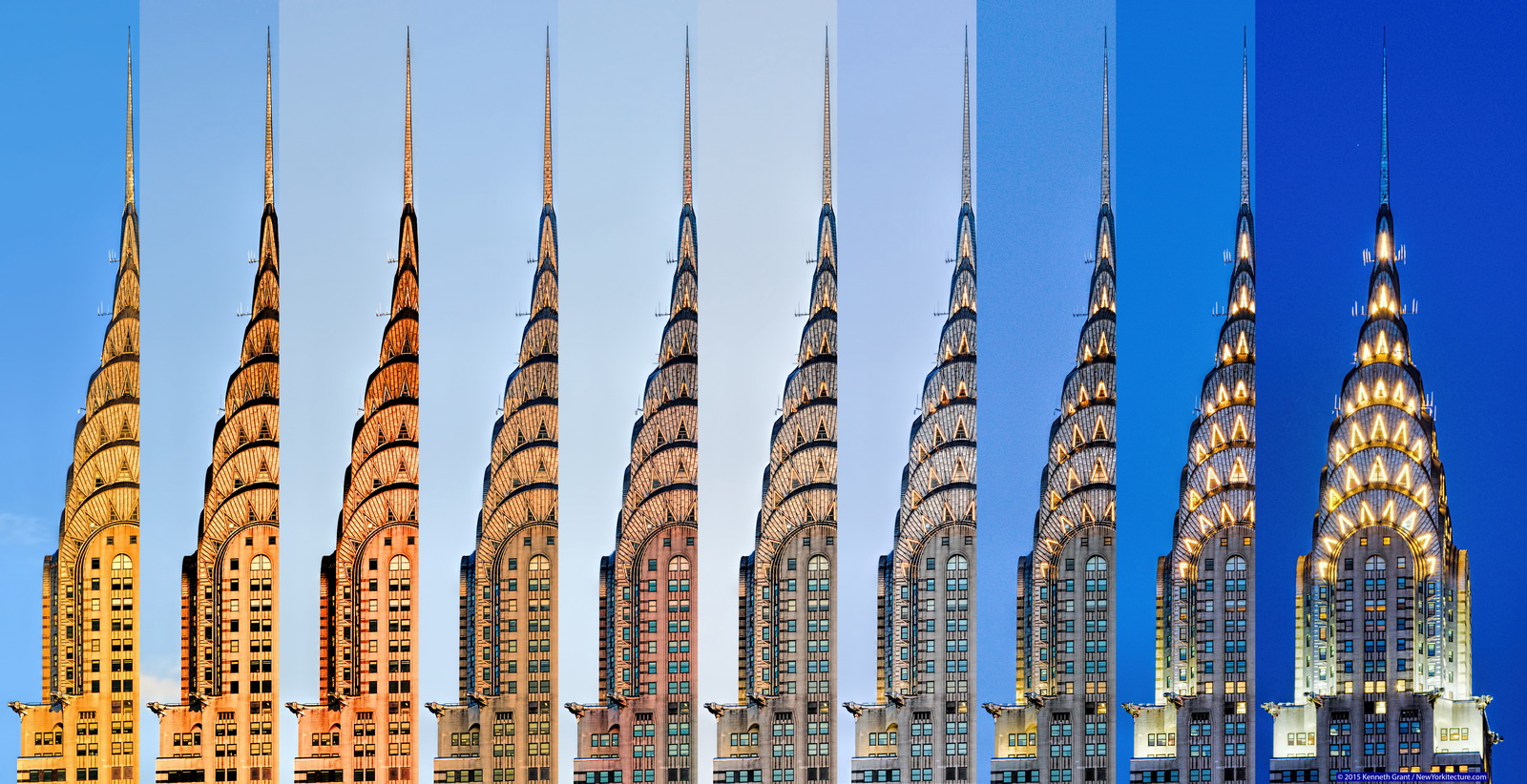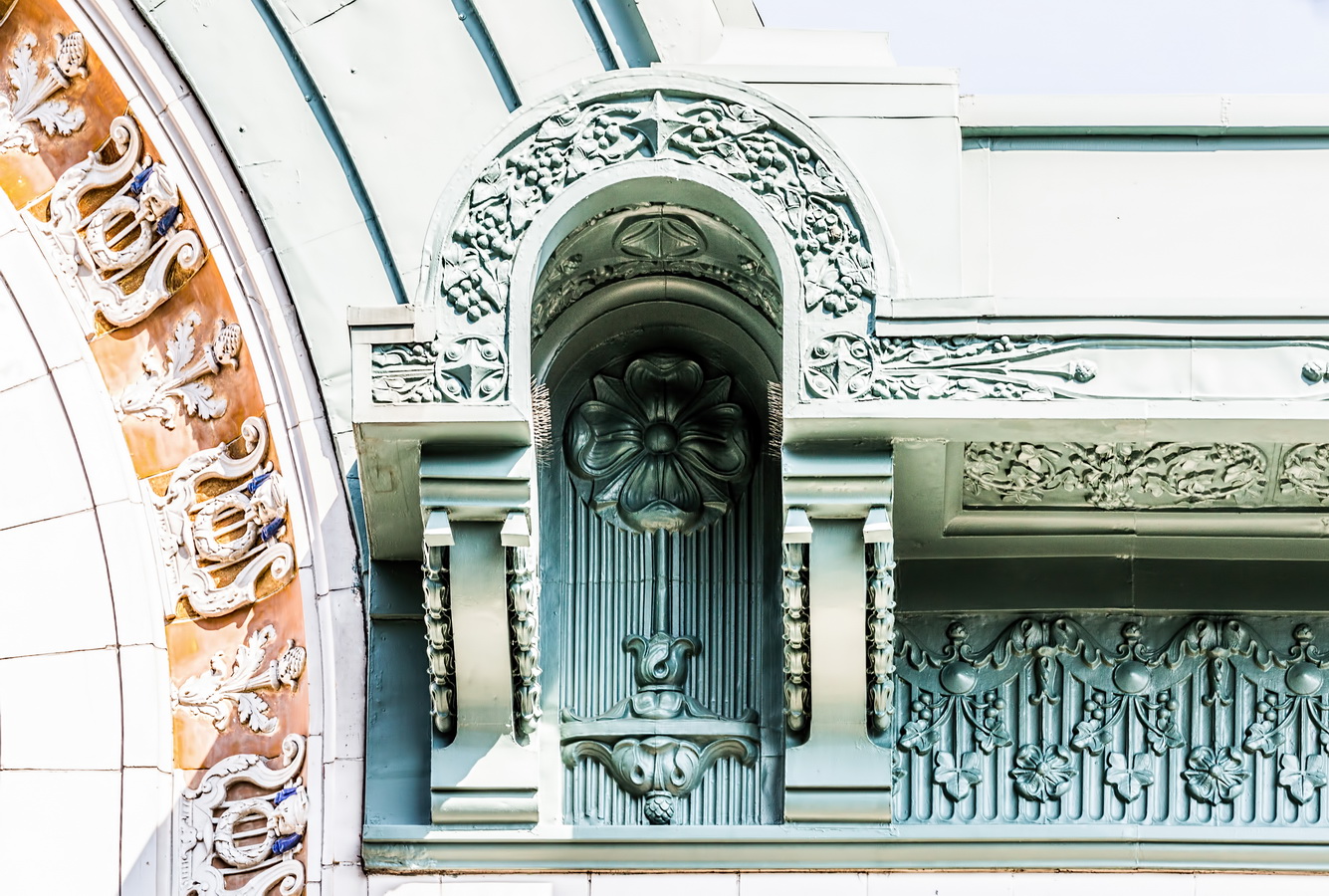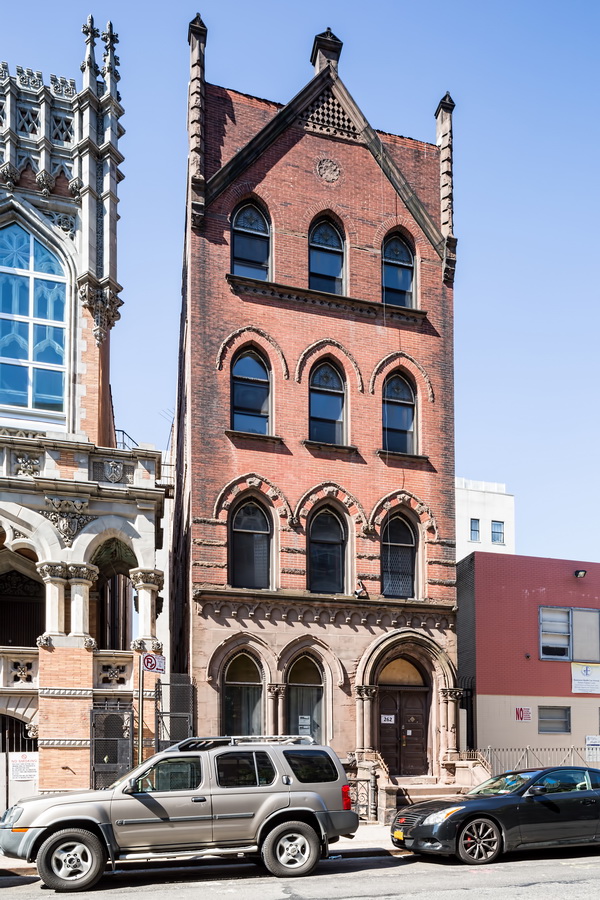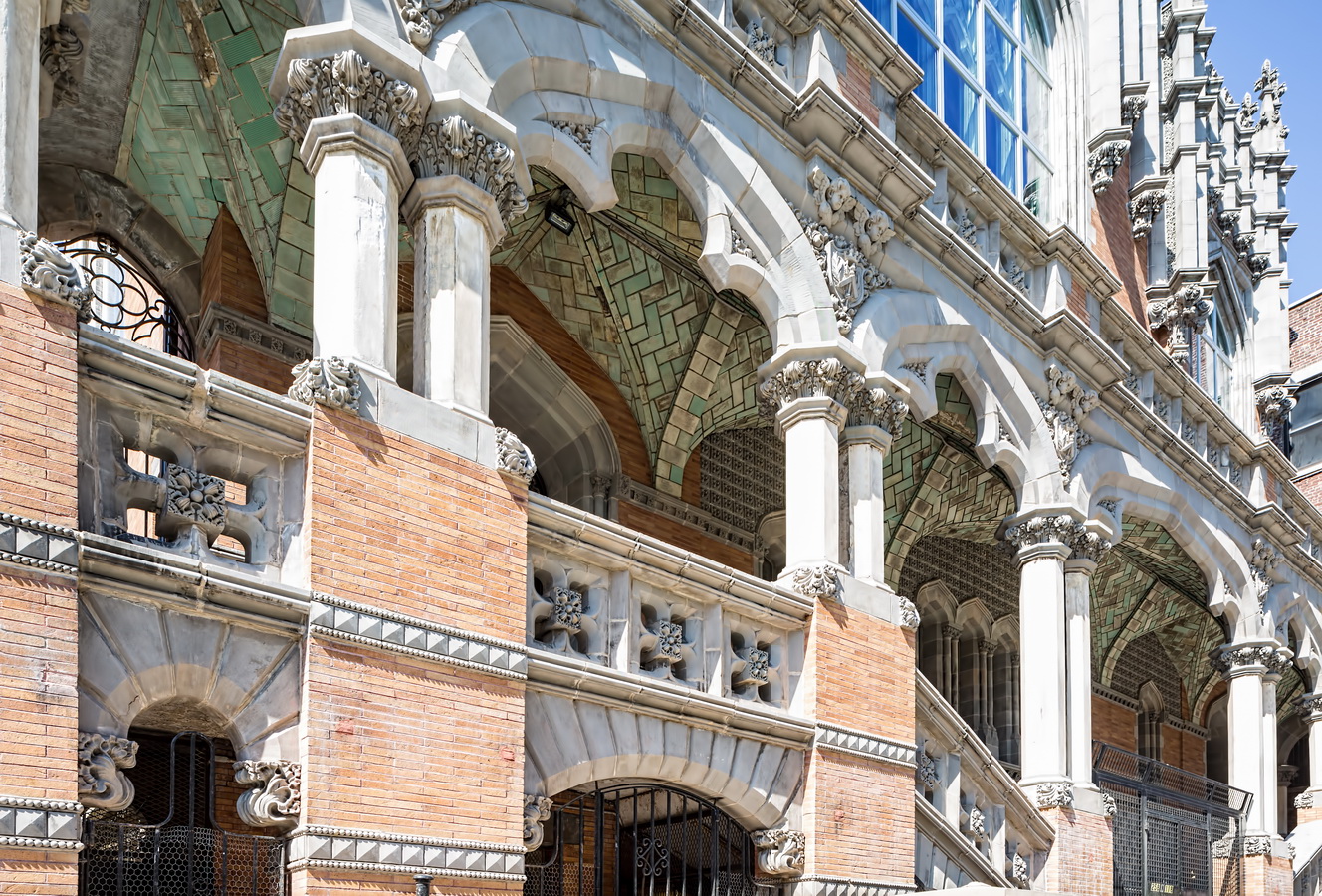The Century Apartments is among New York’s finest examples of Art Deco and residential architecture, and a nationally-recognized landmark. Yet it was only the architect’s “Plan B”!
The building is one of a pair of twin-towered Art Deco landmarks (the other is The Majestic) designed and built by Irwin S. Chanin along Central Park West. Both were constructed almost simultaneously, though The Majestic started and opened earlier. Both buildings were named for their predecessors – Century Theatre and Hotel Majestic. And both buildings used then-innovative cantilevered steel frames that allowed corner windows.
According to the NYC Landmarks Preservation Commission report, Chanin considered The Century to be the finer of the two buildings. But the structure is a far cry from what Chanin had envisioned. He had purchased the entire block and in 1929 proposed a 65-story “Palais de France.” The office and hotel tower were to house the French consulate and tourist board, offices of French commercial firms, three stories of exhibition space for French goods, and shops on the ground floor. Chanin failed to secure financing from French banks, however, and he abandoned Palais de France in 1930. The Century was half as tall and half the area of Chanin’s dream.
The building’s apartments were scaled down from those of The Majestic because of the difficulty in renting large apartments during the Depression. Originally the structure held 417 suites in 52 different layouts. Over the years, some apartments have been combined; the building now has about 350 units.
An investment group purchased The Century in 1982 and attempted to turn it co-op. The NY Attorney General nixed the deal, but in 1989 a condominium conversion passed after a long, bitter battle with tenants.
The Century has been home to numerous celebrities, but the most recent celebrities paid no rent: Peregrine Falcons nesting in the south tower!
The Century Vital Statistics
- Location: 25 Central Park West, W 62nd to W 63rd Street
- Year completed: 1931
- Architect: Irwin Chanin and Jacques L. Delamarre
- Floors: 32
- Style: Art Deco
- New York City Landmark: 1985 (individual), 1990 (Upper West Side/Central Park West Historic District)
- National Register of Historic Places: 1982
The Century Recommended Reading
- Wikipedia entry
- NYC Landmarks Preservation Commission designation report
- The New York Times LANDMARKS HEARING FOR CENTRAL PARK TOWERS (September 12, 1984)
- The New York Times TROUBLES FOR THE CENTURY ON CENTRAL PARK (May 8, 1983)
- The New York Times At Last, the Battle of the Century Ends (February 19, 1989)
- City Realty review
- Street Easy listing (includes floor plans)
- Urban Hawks blog (about Peregrine Falcons nesting in the building facade)
- Luxury Apartment Houses of Manhattan: An Illustrated History (Dover Architecture)
- New York’s Fabulous Luxury Apartments: With Original Floor Plans from the Dakota, River House, Olympic Tower and Other Great Buildings
